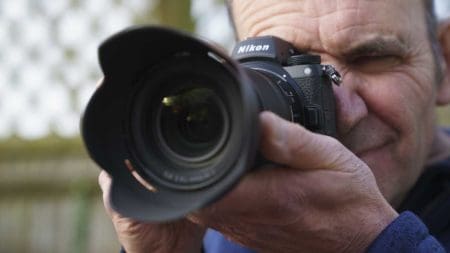Who says the DSLR is dead? The world may be moving mirrorless, but there are still many photographers out there who prefer the optical viewfinder and longer battery life a DSLR brings. For this reason, we’ve seen the big camera makers continue – for now – to release innovative DSLRs at the professional end of their range. The best professional DSLRs still make a lot of sense for those jobbing photographers who need a workhorse with a long battery life.
Outside of Pentax, which has doubled down on the technology, new DSLR releases are fewer and far between these days. But the DSLR isn’t going anywhere just yet, and the best professional DSLRs will remain viable options for a while yet. If you watched the most recent Olympics you probably noticed a sea of white L series lenses on Canon EOS-1D X Mark III bodies alongside Nikon D6 bodies snapping away.
For many advanced photographers and even some professional photographers, the all-powerful D6 and EOS-1D X Mark III might be overkill. Take a step down from that top-tier of DSLR cameras and you can still find some quality technology and often at a great price. With manufacturers desperate to move users over to their growing mirrorless systems, the price tag for many of the best professional DSLR cameras, such as the Nikon D850 or Canon EOS 5D Mark IV, have come down considerably since their launch.
With that in mind, let’s check out some of the best professional DSLR options that are currently on the market. We’ve tested all of these cameras over the years, and these are our favourites.
The best professional DSLRs you can buy today
All of the options on our list of the best professional DSLRs were chosen based on our experience testing them. You might find our guide to the overall best DSLRs useful as well. For a deeper dive into the many different camera types and features available, check out our range of camera buying guides.
Canon EOS-1D X Mark III
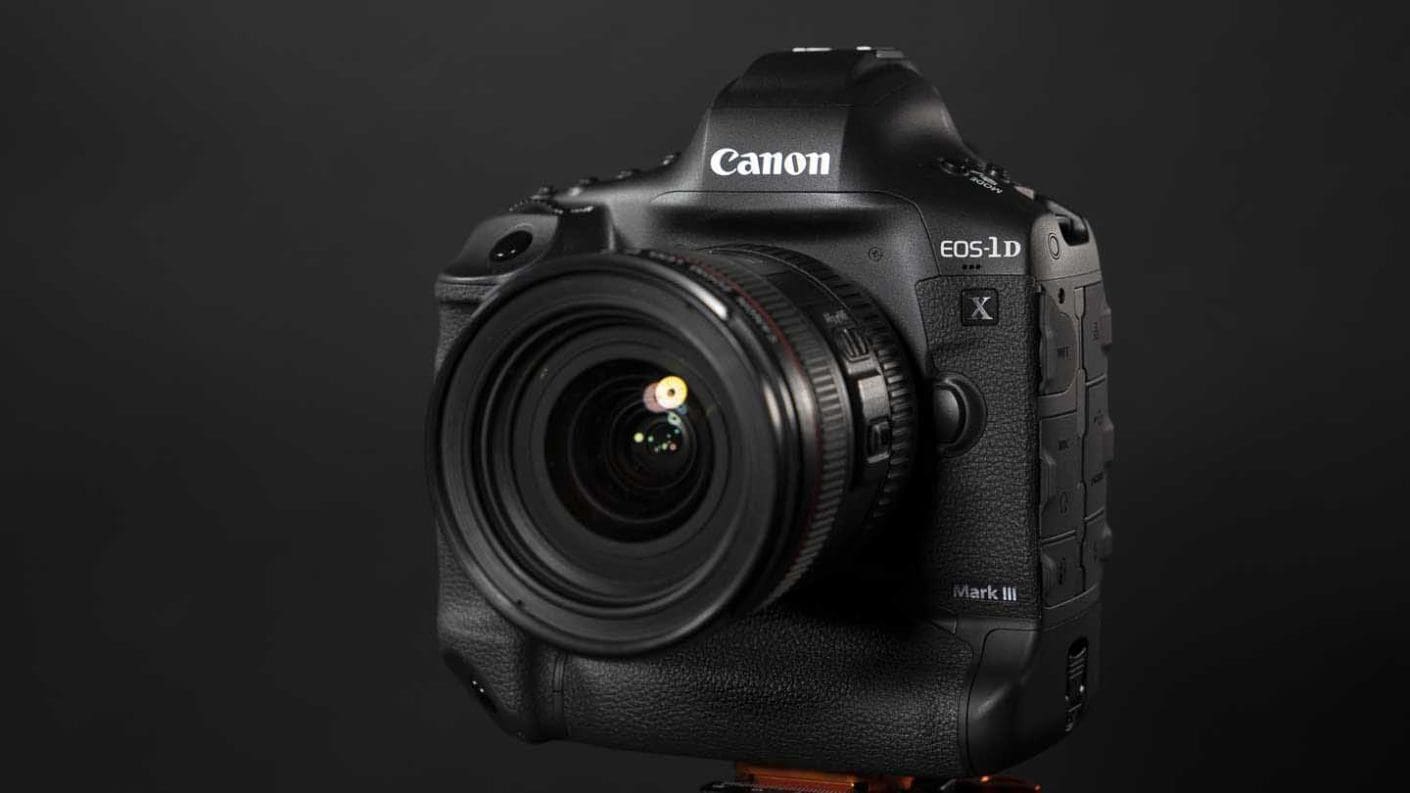
Specification
- Camera type: DSLR
- Announced: 7th January 2020
- Sensor: Full-frame (24x36mm) 20.1Mp CMOS
- Lens mount: Canon EF
- Processing engine: Digic X
- Sensitivity range: Stills: 100-102400, expandable to ISO 50-819,200, Video: ISO 100-25600, expandable to ISO 100-204,800
- Autofocus system: Viewfinder: phase detection with 191 points, 155 cross-type AF at f/4 including 1 dual cross type at f/2.8, Live View: Dual Pixel CMOS AF with Face+Tracking and 3,869 points
- Max continuous shooting rate: Viewfinder: 16ps, Live View: 20 fps with mirror locked up with exposure and AF tracking
- Max video quality: 4K raw (5496x2904) at 23.98, 24, 25, 29.97, 50, 59.94fps, 4K DCI (17:9) 4096x2160 at 23.98, 24, 25, 29.97, 50, 59.94fps intra or inter frame
- Viewfinder: Optical, pentaprism type with 100% coverage, 0.76x magnification and 20mm eyepoint
- Screen: Fixed 3.2-inch / 8.01 cm TFT with 2,100,000 dots
- Storage: Dual CFexpress 1.0 Type B
- Dimensions (W x H x D): 158 x 167.6 x 82.6mm
- Weight: 1250g body only
The Canon EOS-1D X Mark III is Canon’s flagship DSLR and its the best professional DSLR currently available.
Its AF system, which is designed with pro sports photographers in mind, is superb and the 1D X Mark III can shoot at up to 20fps to capture once in a lifetime moments.
Thanks to its 20.1Mp full-frame (36x24mm) CMOS sensor, which has a new High Detail Low-Pass Filter, and the Digic X (8) processing engine, the 1D X Mark II controls noise very well up to around ISO 51,200.
The EOS-1D X Mark III is also Canon’s most advanced interchangeable lens video camera outside the Cinema EOS series. It can shoot 4K 12-bit video with raw internal recording. It can even record raw and MP4 video simultaneously to two separate memory cards.
In addition, 4K video can be video can be oversampled at 5.5K (5472×2886) and recorded as 12-bit CRM files highly-detailed footage.
As a twin-gripped camera, the Canon EOS-1D X Mark III is big and heavy but it’s also very robust.
Find the latest deals on the Canon EOS-1D X Mark III at Amazon UK and Amazon US.
£6499
$6499For
- 16/20fps continuous shooting with a massive burst depth
- Excellent AF system
- Great new Smart Controllers
Against
- Huge price
- Fixed screen is frustrating in Live View and video mode
- Big and heavy
Nikon D6
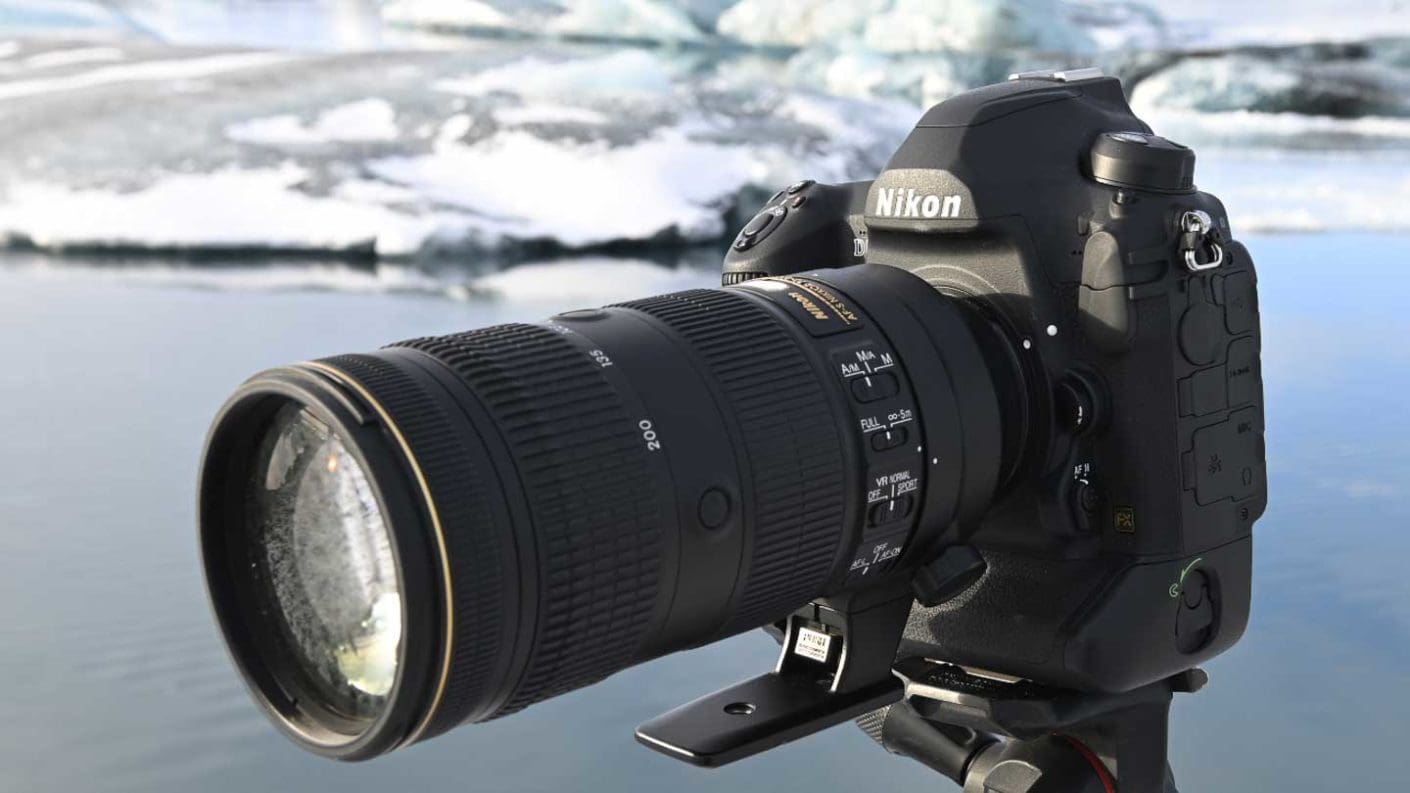
Specification
- Camera type: DSLR
- Announced: 12th February 2020
- Sensor: 20.8Mp full-frame (35.9 x 23.9mm) CMOS
- Lens mount: Nikon F
- Processing engine: Expeed 6
- Viewfinder: Eye-level pentaprism with 100% coverage, 0.72x magnification (with 50 mm f/1.4 lens at infinity, -1.0 m-¹), 17mm eye-point and -3 to +1 m-¹ diopter adjustment
- Screen: Fixed 3.2–inch 2359k-dot TFT touch-sensitive LCD
- Sensitivity: ISO 100 to 102,400, expandable to ISO 50-3,280,000
- Continuous shooting: Up to 14 fps, Continuous Low: 1 to 10 fps, Continuous High: 10 to 14 fps, Quiet: 1 to 5 fps
- Shutter speed: 1/8000 to 30sec, Bulb; Time; X250
- Autofocus system: Viewfinder: TTL phase-detection with 105 focus points, all cross-type, 15 at f/8, Live view: Contrast-detect AF, focus point selected by camera when face detection or subject-tracking is used.
- AF-area mode: Viewfinder: Single-point AF; 9-, 25-, 49-, or 105- point dynamic-area AF; 3D-tracking; group-area AF; group-area AF (C1); group-area AF (C2); auto-area AF, Live view: Face-detection AF, wide-area AF, normal-area AF, subject-tracking AF
- Video resolutions: 3840 x 2160 (4K UHD); 30p (progressive), 25p, 24p, 1920 x 1080; 60p, 50p, 30p, 25p, 24p, 1280 x 720: 60p, 50p, 1920 x 1080 crop: 60p, 50p, 30p, 25p, 24p¹; Actual frame rates for 60p, 50p, 30p, 25p, and 24p are 59.94, 50, 29.97, 25, and 23.976 fps respectively
- Storage: Dual CFexpress (Type B) and XQD memory cards
- Connectivity: USB-C, HDMI Type C, 3.5mm mic port, 3.5mm headphone port, Wi-Fi, Bluetooth
- Battery: One EN-EL18c rechargeable Li-ion battery
- Dimensions (W x H x D): 160 x 163 x 92mm / 6.3 x 6.5 x 3.7inches
- Weight: 1450g / 3 lb. 3.2 oz. with battery and two CFexpress cards, 1270 g / 2 lb. 12.8 oz. body only
The Nikon D6 is a phenomenal DSLR that has the same 20.8Mp full-frame sensor as the D5 and only makes a few updates on its predecessor. For many, the most significant changes brought by the D6 are seen in the viewfinder-based autofocus (AF) system.
Although the Nikon D6 has 105 AF points rather than the 153 of the D5, all 105 points are user-selectable on the D6 whereas only 55 of them are selectable on the D5. That gives photographers greater control over the focusing.
Also, all 105 of the D6’s AF points are cross-type, which means they are more sensitive than standard linear type AF points.
These AF points can be selected individually or in groups of 27 or 15. Alternatively, the camera can select which of the 105 point to use automatically in Auto-Area AF mode. There are also 17 customisable AF point groups available, which means the AF pattern can be set to suite the subject and shooting situation.
The Nikon D6 also has a top-shooting rate of 14fps (frames per second) with continuous AF, which means it’s well equipped to capture split-second moments at sports events and the like.
Like the Canon EOS-1D X Mark III, the Nikon D6 is a dual-gripped camera, and it’s big and heavy, but it’s also built to survive intensive use at the hands of a professional photographer.
Find the latest deals on the Nikon D6 at Amazon UK and Amazon US.
£6299
$6496.95For
- 14fps shooting with continuous focusing
- Superb AF system for use with the viewfinder
- Great low-light performance
Against
- Contrast detection AF in Live View and video mode
- Fixed screen is frustrating in Live View mode
- Huge price
Canon EOS 5D Mark IV
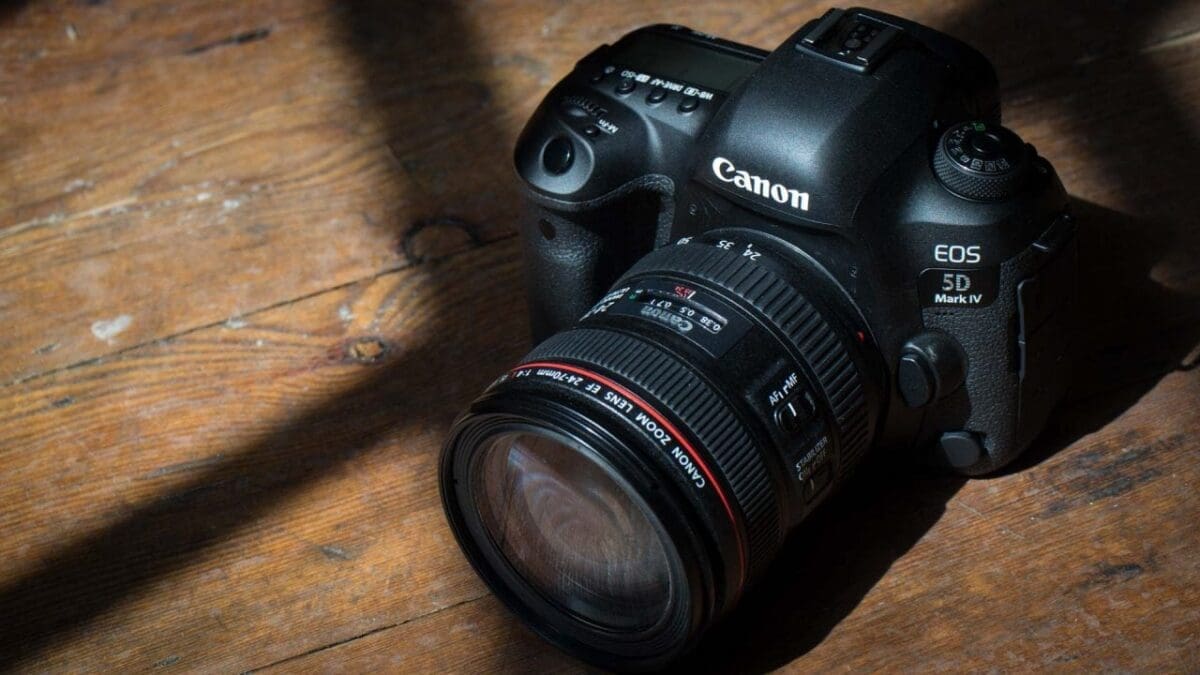
Specification
- Camera type: DSLR
- Announced: 25th August 2016
- Sensor: Full-frame (36 x 24mm) 30.4Mp CMOS
- Processor: Digic 6+
- Lens mount: Canon EF
- Autofocus system: Viewfinder: 61 points with a maximum of 41 cross-type points including 5 dual cross type at f/2.8 and 61 points with 21 cross-type points at f/8, Live View: Dial Pixel CMOS AF
- High-Speed Continuous Shooting Mode: 7fps
- Low-Speed Continuous Shooting Mode: 3fps
- Silent Continuous Shooting: Mirror raised slowly for less noise
- Maximum video resolution: 4K (17:9) 4096 x 2160 at 29.97, 25, 24, 23.98 fps
- Viewfinder: Pentaprism optical with 100% coverage
- Screen: 3.2-inch Clear View LCD II with 1,620,000 dots
- Storage: Dual: 1x CompactFlash and 1x SD/SDHC/SDXC
- Dimensions: 150.7 x 116.4 x 75.9mm
- Weight: 800g
Canon’s EOS 5D range of DSLRs has been popular with advanced enthusiasts and professionals looking for something which can cope well with a range of different subjects. The most recent in the line, the Mark IV, has a collection of useful features that make it well suited to demanding photographers.
While the 5D Mark III offered 22.3 million effective pixels, the Mark IV has 30.4 million, marking a significant jump up in resolution.
However, the inclusion of Digic 6+ processing technology enabled Canon to push the Mark IV’s native sensitivity range up from ISO 100-25,600 to ISO 100-32,000, with expansion settings taking this to ISO 50-102,400 – the same as the 5D Mark III. In video mode sensitivity can be set in the range ISO 100-102,400.
Interestingly, the Canon EOS 5D IV has dual processors, as the Digic 6+ unit is accompanied by a Digic 6 processor. The Digic 6 processor takes care of the exposure metering while the Digic 6+ engine takes care of image capture and processing.
It enables a maximum continuous shooting rate of 7fps (frames per second) with continuous autofocus and metering for up to 21 raw files or an unlimited number of jpegs. In live view mode the camera can shoot at up to 4.3fps.
Canon hasn’t given the 5D Mark IV more autofocus points than the 5D Mark III, but the 61 points are spread further up and down the frame. Also as before, there are 41 cross-type points; however, 21 of them are cross-type down to f/8 (rather than f/4).
There are also 5 dual cross-type points that are sensitive down to f/8 (with the 5D Mark III these are dual cross-type at f/2.8). The system also operates down to -3EV, 1EV darker conditions than the 5D Mark III’s system. This all adds up to make the Canon 5D Mark IV’s autofocus system more sensitive and better able to detect a subject.
Videographers have long enjoyed using the 5D range, and to that end, the Mark IV is capable of recording 4K video and has a range of useful video functions.
Find the latest deals on the Canon EOS 5D Mark IV at Amazon UK and Amazon US.
£1799
$2499For
- 30Mp full-frame sensor
- ISO 100-32000 (expands to 50-102400)
Against
- Touchscreen is fixed
- 4K video for internal recording only
Nikon D850
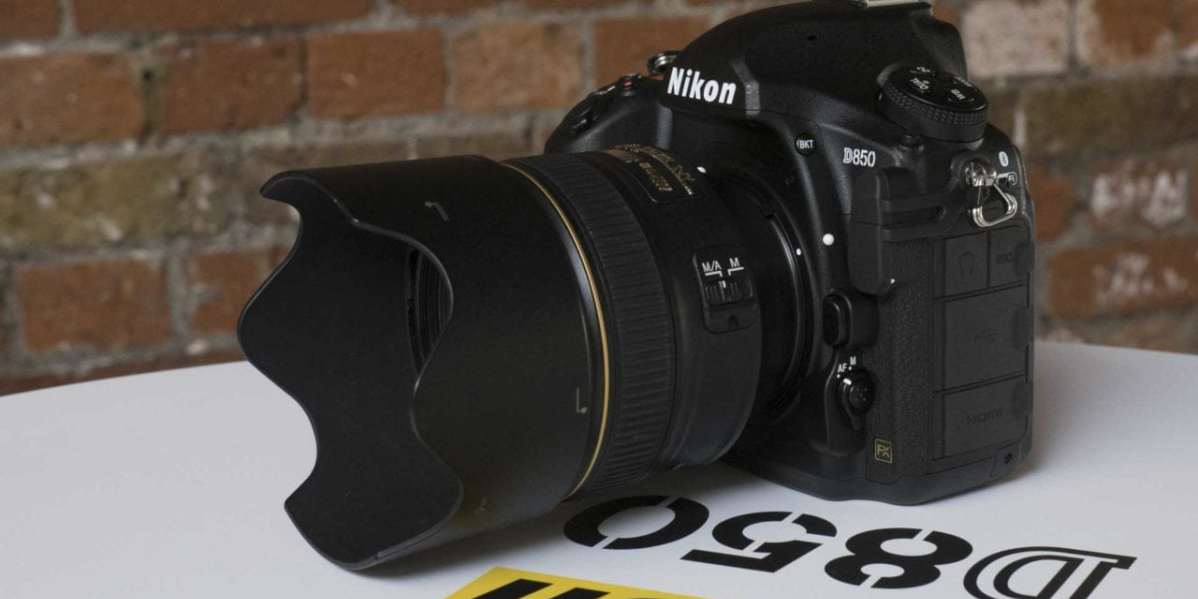
Specification
- Camera type: Full-frame (FX) DSLR
- Announced: 24th August 2017
- Lens mount: Nikon F
- Sensor: 45.7Mp full-frame (35.9 x 23.9mm) backside-illuminated CMOS
- Maximum continuous shooting rate: 7fps as standard, 9fps with the optional MB-D18 Multi-Power Battery Pack for up to 51 14-bit lossless compressed raw files or 170 12-bit lossless compressed raw files
- Autofocus system: Viewfinder: Multi-CAM 20K autofocus sensor 153 focus points (including 99 cross-type sensors and 15 sensors that support f/8), of which 55 (35 cross-type sensors and 9 f/8 sensors) are available for selection, Live view: Contrast detection
- Viewfinder: Optical pentaprism type
- Screen: Tilting, touch-sensitive 3.2-inch TFT LCD with 2,359,000 dots
- Dimensions: 146×124×78.5mm / 5.8×4.9×3.1inches
- Weight: 1,005g / 2lb 3.5oz with battery and XQD memory card but without body cap, 915g /2lb 0.3oz camera body only
Possibly the most popular camera of 2017, the Nikon D850 is a great all-rounder which offers both enthusiasts and professionals a fantastic performance. The AF system was inherited from the then top-of-the-line D5, while the 45.7 million pixel sensor allows for some superb detail reproduction.
The optical viewfinder is the largest ever found on a Nikon DSLR, while the tilting touch-sensitive screen comes in useful for certain subjects. Silent shooting is enabled when you use Live View, which is great for discreet shots where you need to be quiet.
Although the D850 is not primarily aimed at sports and action photographers, it’s 7fps maximum shooting rate gives you something to work with – and you can boost that to an even more usable 9fps by adding an optional battery grip. While the Sony A9 may have the D850 beaten in some key areas (such as frame rate), for professionals working in the field, the D850’s battery life is so much more workable.
Overall the D850 is a fantastically versatile DSLR that produces high-quality images, while being more affordable than the professional-level D6.
Find the latest deals on the Nikon D850 at Amazon UK and Amazon US.
£3500
$3296.95Nikon D780
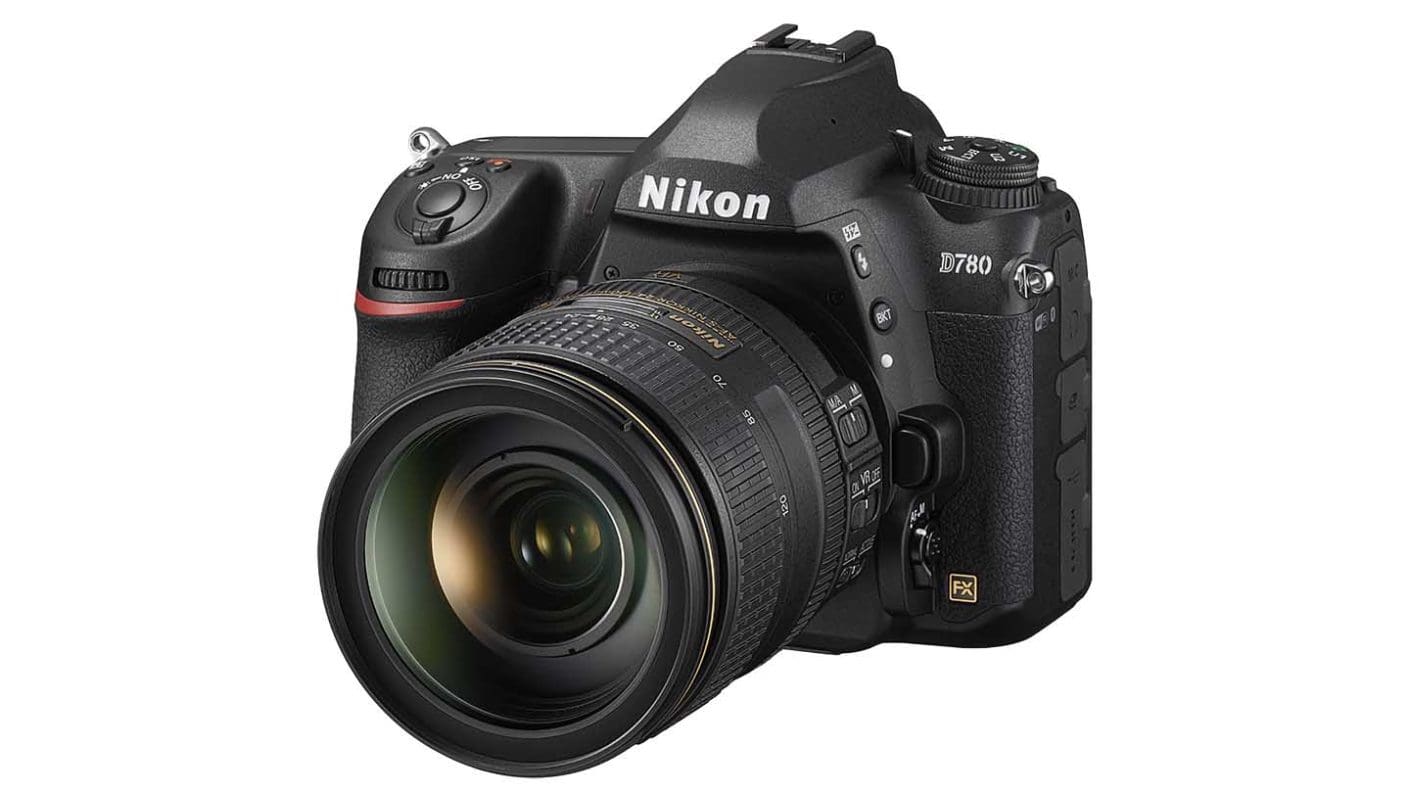
Specification
- Camera type: DSLR
- Announced: 7th January 2020
- Sensor: Full-frame (FX) 24.5Mp CMOS
- Lens mount: Nikon F
- Processor: Expeed 6
- Sensitivity range: ISO 100-51,200, expandable to 50-204,800
- Autofocus system: Viewfinder: 51-points with 15 cross-type, Live View: hybrid (phase and contrast detection) with 273 points and Eye detection
- Max continuous shooting rate: 7fps with AF/AE, 12fps in Silent Live View mode or 30fps at 8Mp and 120fps at 2Mp
- Max video quality: 4K at 30p/25p/24p
- Viewfinder: Optical using a pentaprism with 100% view
- Screen: 3.2-inch 2,359,000-dot tilting touchscreen
- Storage: 2x SD/SDHC/SDXC UHS-II
- Battery: EN-EL15b rechargeable Li-ion battery (supplied)
- Dimensions (W x H x D): 143.5 x 115.5 x 76mm / 5.7 x 4.6 x 3inches
- Weight: 755 g / 1 lb. 10.7 oz. body only, 840 g / 1 lb. 13.7 oz.,with battery and SD card but without body cap,
When it was creating the D780, Nikon drew on some of what it learned when building the mirrorless Nikon Z6 and Z7. Consequently, the D780 has a hybrid AF system that uses phase and contrast detection when it’s in Live View mode. That means it has the best, most responsive Live View system of any Nikon DSLR – including the Nikon D6.
When its optical viewfinder is in use, the D780 uses a dedicated AF sensor with 51 user-selectable phase-detection AF points, 15 of which are cross-type points. According to Nikon, this AF system is sensitive down to -3EV and it offers ‘flagship tracking capabilities’. Further good news for viewfinder users is that the D780 has the same 180K-pixel RGB sensor (for metering and white balance) and Advanced Scene Recognition system as the D850.
With the viewfinder in action, the Nikon D780 can shoot at up to 7fps with continuous autofocusing and exposure metering AF/AE, switch to Silent Live View mode and the rate can be pushed to 12fps for full-resolution images.
The Nikon D780 is aimed at enthusiast photographers, but also those photographers who want to shoot a bit of everything and get greater results. For this reason, professional photographers would also find it a welcome addition to their kit bag. It’s a great DSLR that makes an excellent choice for anyone who is a steadfast optical viewfinder user.
Find the latest deals on the Nikon D780 at Amazon UK and Amazon US.
£2199
$2696.95For
- Excellent Live View AF system
- Great battery life
- Dual UHS-II SD card slots
Against
- High launch price
- SLR design means the Live View is not visible in the viewfinder
- No joystick for speedy AF point selection when using the viewfinder

